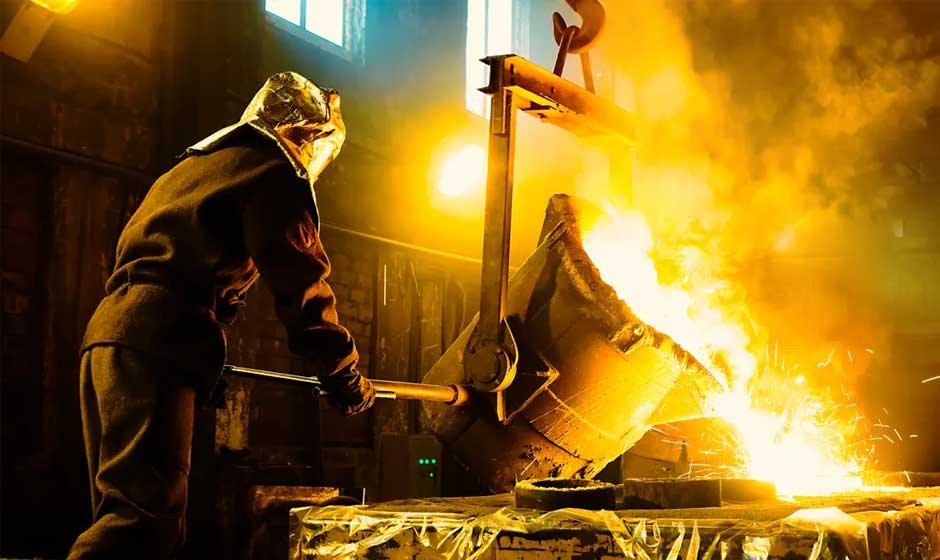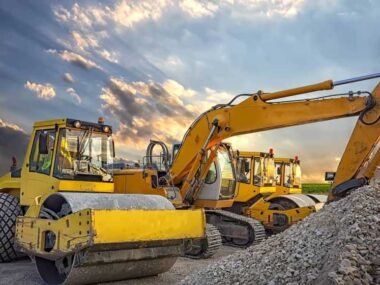When discussing heat resistance in the manufacturing industry, the common subjects include the more apparent hot areas including furnaces, kilns, and engines. However, there also exist numerous neglected sectors in which it is possible to achieve huge financial benefits by investing into heat resistant solutions. The unforeseen usage of equipment by identifying it not only prolongs the life of equipment but also saves cost in terms of downtimes, maintenance cost and energy wastage. Knowing the areas where heat resistance works instead to improve efficiency, manufacturers can make wiser decisions that would enrich their operations in the long-run.
Protecting Small Components
Although large machinery is usually the hot topic in heat management, other components such as the fasteners, brackets and fittings are not left out because of their exposure to heat changes which could in turn wear them off with time. These parts may seem insignificant by themselves but can be very vital in ensuring that the equipment remains in line and in good working order. Because when they are warped, degraded, or loosened by the heat, it may result in frequent stoppages or misalignments or even a safety issue. Application of heat resistant material on these small components lives up to stopping the gradual failures, which otherwise would mean frequent replacements and expensive shutdowns.
The other application is observed on the use of the heat resistant tape to wrap wires and delicate sensors around hot areas. Lack of proper shielding may make these wires and sensors deteriorate at an accelerated rate because of their direct contact with heat thus causing an issue of malfunction, which is also expensive to troubleshoot and fix. Short term costs can be saved by just making the correct decision of using heat resistant tape during installation, improving the life span of electrical components and the number of maintenance jobs thus saving cost in the long run.
Improving Conveyor Systems
Conveyor belts can be used in areas or locations that are usually near heat sources such as ovens or welders, and this increases the temperature of belts that although not high can still reduce its life. Using belts and rollers that are heat resistant is an appropriate decision to prevent cracking or warping. In the long run, this translates to reduced downtimes due to unplanned repair or replenishment and this makes production run at a steady pace.
The frames and support of the conveyor systems are also covered with heat resistant coatings to prevent the slow wear out brought about through heat. In the absence of such protective measures, equipment may become brittle, corrode and lose structural integrity at a faster rate than anticipated. Acquisition of heat resistance during the design process makes sure that equipment remains dependable without having to spend money on an early excess or emergency fix.
Enhancing Insulation and Barriers
Manufacturing buildings can eat up operations funds silently due to heat loss. Use of heat resistant insulation in areas that are not usually considered when routinely doing insulation like ductwork, around machinery housings, or in smaller enclosures will siphon the heat where it is needed and leave the areas that would produce damage without it. Minor upgrading of insulation can result in subsequent observable decreases in expenditures on energy because of a more homogenous temperature course.
Barriers and shields that are heat resistant also play a crucial duty of shielding the stray heat to equipment located near it as well as walkways. This safeguarding eliminates wear and tear of the floors, walls and other surrounding mechanisms which would otherwise be undetected until they fail and need repair. In the long run, such barrier investment reduces the expenses of maintaining buildings and the work environment will also be safer.
Safeguarding Surface Finishes
Painted or coated surfaces in most manufacturing environments are faced with heat which, though is not severe enough to personally fail them in the short term, may deteriorate the look and safeguarding in the months and years to come. Corrosion and abrasion may also occur after they lose their protective properties like when they develop corrosion or when they may become worn and require costly repairs or replacement. When using heat-resistant paints and coating, the integrity of the surface is sustainable over a longer period, thus retaining form and function.
Other applications of heat resisting coatings besides painted surfaces are on molds and other tooling employed during the course of production. Developing a powder tool that has less wear under heat conditions will eliminate unnecessary refurbishing of the tools or the cost of new tooling, which is quite costly. The proactive decision enables the production lines to go on without much of an interruption and provides quality uniformity of the products.
People do not always think of heat resistance in extreme terms, but the actual savings could result when it is applied in unexpected locations with heat resistant solutions. Whether it is small parts and conveyor systems or insulation and surface finishes, selective application of heat resistant materials and items such as heat resistant tape can save maintenance time and costs, eliminate downtime, and increase the equipment life. Manufacturers can identify unseen savings that compound over time by thinking about issues outside of the box, and this promotes efficiency and profitability in their businesses.










